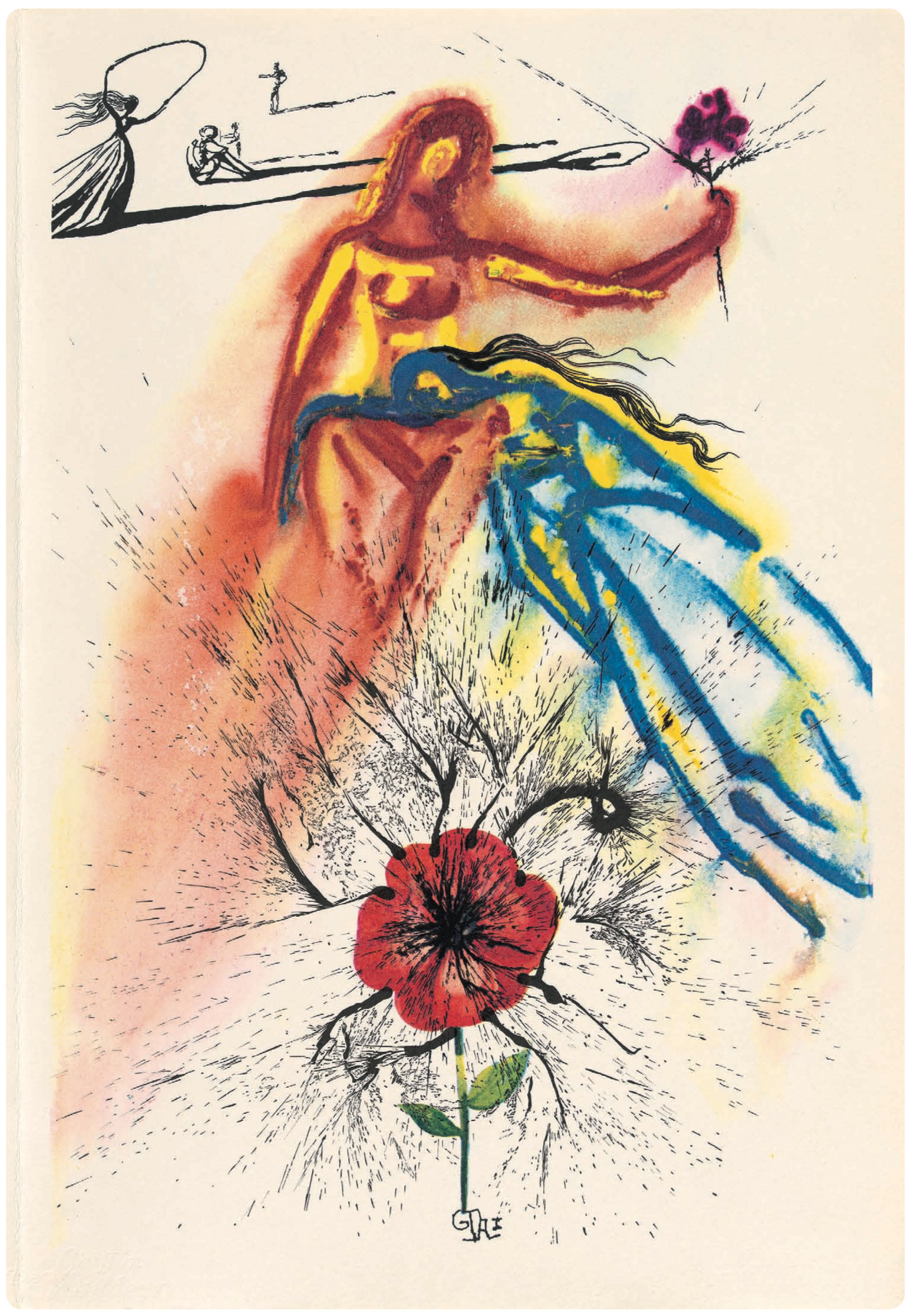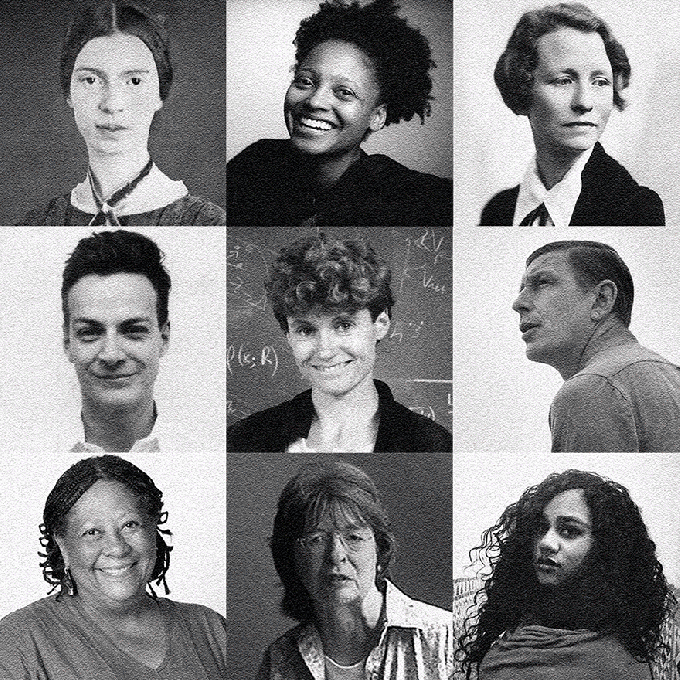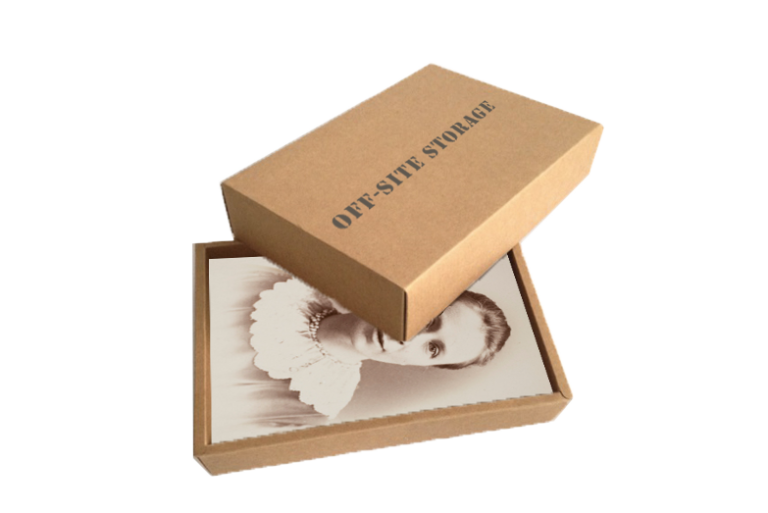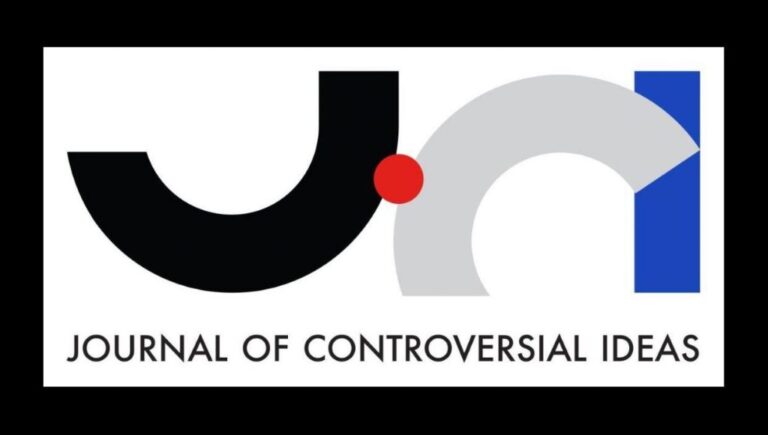That is what Kwame Anthony Appiah explores in The Lies that Bind: Rethinking Identity (public library) — an uncommonly perceptive and sensitive book about the nested nature of belonging, punctuated by poetry, with the appropriately nested sub-subtitle “Creed, Country, Colour, Class, Culture.”
This interpretive quality of scripture is something it shares with evolution — only by reading the demands of the environment did nature continually rewrite the genetic code of the organism to better adapt it for life. Appiah shines a sidewise gleam on this parallel in his interpretation of interpretation:
For a very different lens on the many paradoxes of identity, complement The Lies that Bind with quantum pioneer Erwin Schrödinger on the atom and the doctrine of identity, then revisit Simone de Beauvoir on how chance and choice converge to make us who we are, Hermann Melville on the mystery of what makes us ourselves, and this lyrical illustrated meditation on otherness and belonging.

For centuries, the people on the Venetian island of Murano made a living because glassmakers there perfected their useful art. Their beads, with multicolored filaments, some made of gold, were among the artistic wonders of the world. To keep their commercial advantage, the Venetian state forbade glassmakers from leaving with their secrets; the penalty for revealing them to outsiders was death. Good for Murano and its profits: bad for everyone else. (As it happens, lots of the skilled artisans escaped anyway and brought their knowledge to a wider European world.) Venetian beads were already being imported into the Gold Coast by the turn of the seventeenth century, arriving across the Sahara, where they had been an important part of the trade on which the empire of Mali had risen to commercial success centuries earlier. Crushed and sintered to make new beads, they developed into the distinctive bodom you still see today in Ghana, beads my mother and my stepgrandmother collected and made into bracelets and necklaces. What sorts of progress would have been advanced by insisting that the Venetians owned the idea of glass beads, and policing their claim? Unfortunately, the vigorous lobbying of huge corporations has made the idea of intellectual property go imperial; it seems to have conquered the world. To accept the notion of cultural appropriation is to buy into the regime they favor, where corporate entities acting as cultural guardians “own” a treasury of IP, extracting a toll when they allow others to make use of it.
[…]
Larger than identity, larger than commerce, is the atmosphere we breathe in: culture, which Appiah devotedly illuminates as our ground for connection rather than division. Nearly a century after the visionary Ruth Benedict wrested the term culture from the technical terminology of plant cultivation and chemistry to give it its modern meaning and observed in her epoch-making book Patters of Culture that “the life-history of the individual is first and foremost an accommodation to the patterns and standards traditionally handed down in his community,” Appiah writes:
[…]
[…]
[…]
[…]
[…]
All cultural practices and objects are mobile; they like to spread, and almost all are themselves creations of intermixture.
The real problem isn’t that it’s difficult to decide who owns culture; it’s that the very idea of ownership is the wrong model. The Copyright Clause of the United States Constitution supplies a plausible reason for creating ownership of words and ideas: “To promote the progress of science and useful arts, by securing for limited times to authors and inventors the exclusive right to their respective writings and discoveries.” But the arts progressed perfectly well in the world’s traditional cultures without these protections; and the traditional products and practices of a group — its songs and stories, even its secrets — are not best understood as its property, or made more useful by being tethered to their putative origins.




